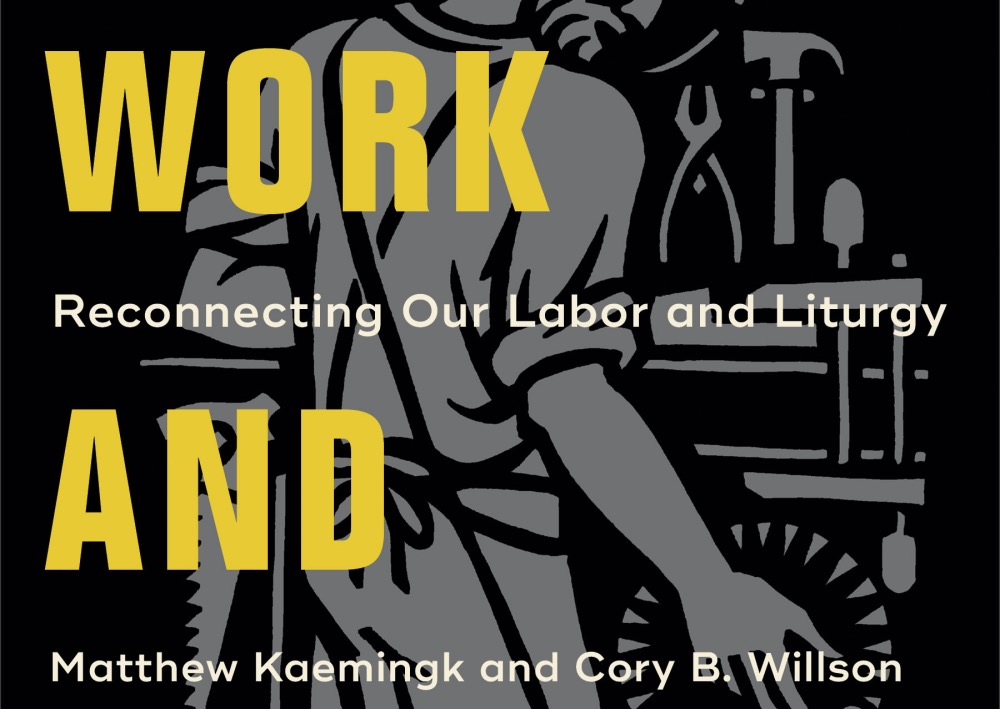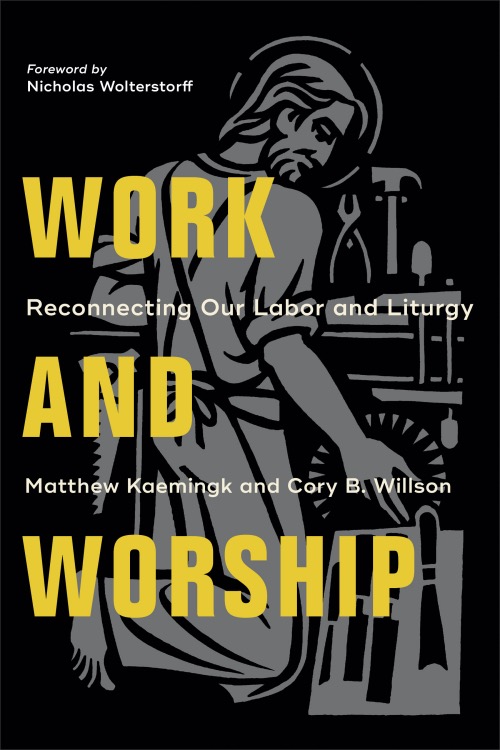
KARA MARTIN, author of ‘Workship: How To Use Your Work To Worship God’, reads a new book on the connection between faith and employment…
Matthew Kaemingk and Cory B Willson
Work and Worship: Reconnecting Our Labor and Liturgy
Baker Academic, 2020.
ISBN-13: 978-1540961983
“Rather than simply focusing on how churches fail workplace Christians, this book demonstrates that there is a rich Biblical and Christian history of worship shaping work practices. The authors suggest that ‘theologies of work need to be practiced, embodied and embedded in communities of worship’. The propose that the key to integrating faith and work is through worship.”
One of the most interesting titles to emerge in the last 12 months in the bustling world of faith–work literature is Work and Worship. This book addresses a serious problem facing Christians in pews, as the authors explain, “Modern Christians are living their lives in pieces, and the pieces are dying”.
They list the following ways that churches fail to provide worship experiences that nurture workplace Christians: it is too focused on the church and its programs; merely spiritual, individual, and overly positive; something to be consumed; relying on ‘worship adrenalin’ shots; and purely private. They challenge those ideas, and seek a shift to seeing worship as outward, material as well as spiritual, communal, robust to handle lament, formative and public.
Rather than simply focusing on how churches fail workplace Christians, this book demonstrates that there is a rich Biblical and Christian history of worship shaping work practices. The authors suggest that “theologies of work need to be practiced, embodied and embedded in communities of worship”. The propose that the key to integrating faith and work is through worship.
To present their argument, the authors work through the Old Testament and early church history, bringing to light some interesting connections. Their examination of the Torah, including the Sabbath, harvest celebrations and the Jubilee, reveals the indelible link between worship and work. They analyse the Psalms for the way these songs both mention work, and reshape work around God. They point out that the prophets railed against Israel’s tendency to idolise work, as well as injustices in the marketplace. They claim that, “According to Isaiah, the integrity of your work directly impacts on the integrity of your worship.”
They then trace practices in the early church where Christians brought the tangible fruits of their labour to services, as an offering to God, including “articles of clothing, bread, currency, cheese, oil, wine and a variety of crafts”. These offerings were either distributed to the poor, used in ministries or became incorporated in the worship service, thus being transformed into acts of love, mission and adoration. Unfortunately, these tangible work offerings have been replaced by symbolic bread and wine, and the [online] collection.
Although academic in approach, this book is accessible in language and concept, and workplace Christians will find it helpful, since it answers the question about how we move head knowledge (a theology of work) to impact on our hearts, spirits and hands. The book also suggests helpful patterns of worship to enable individual workplace Christians develop spiritual disciplines to deepen their awareness of God in their ordinary work. Further, there is a diagnostic, yet beautiful, discussion of the exchange between God’s work and our work in communion through the processes of examination, approaching, thanking, sharing, holding and consuming.
Along with a critique of current worship practices, church leaders will find this volume helpful because it reinforces the significance of church worship in shaping Christians for all of life. There is also some excellent Biblical theology grounding the ideas, for example, that “the concept of holiness in Israel encompassed the spiritual and material, private and public, liturgical and economic”.
The book provides many practical ideas about how churches might assist workers to bring their work to worship, including aspects of art and architecture, an invitation from the front, celebration and lament, prayers, as well as offerings and interviews of workers.
Where the book over-reaches is in its claim that the central idea is radical. Authors such as Steven Garber, in Visions of Vocation, have explored in detail that it was Greek philosophy and Western modernity that split what the Scriptures have always testified as ‘whole’. Worship and work were always integrated in the tent of meeting, in the Temple worship and feast days, in the synagogue, and in the early church, because it never occurred to Hebrews, Israelites, Jews or Gentile converts that work and worship should be separated.
However, providing the evidence for lived liturgy in the early church, and applying it to the modern church, is really helpful in thinking through levers to enable that rediscovery of wholeness and integration for church leaders and workplace Christians alike. The next step will be to imagine how worship-shaping work can be enabled outside the walls of the church.
Kara Martin is the author of Workship: How To Use Your Work To Worship God, and Workship 2: How to Flourish at Work.






